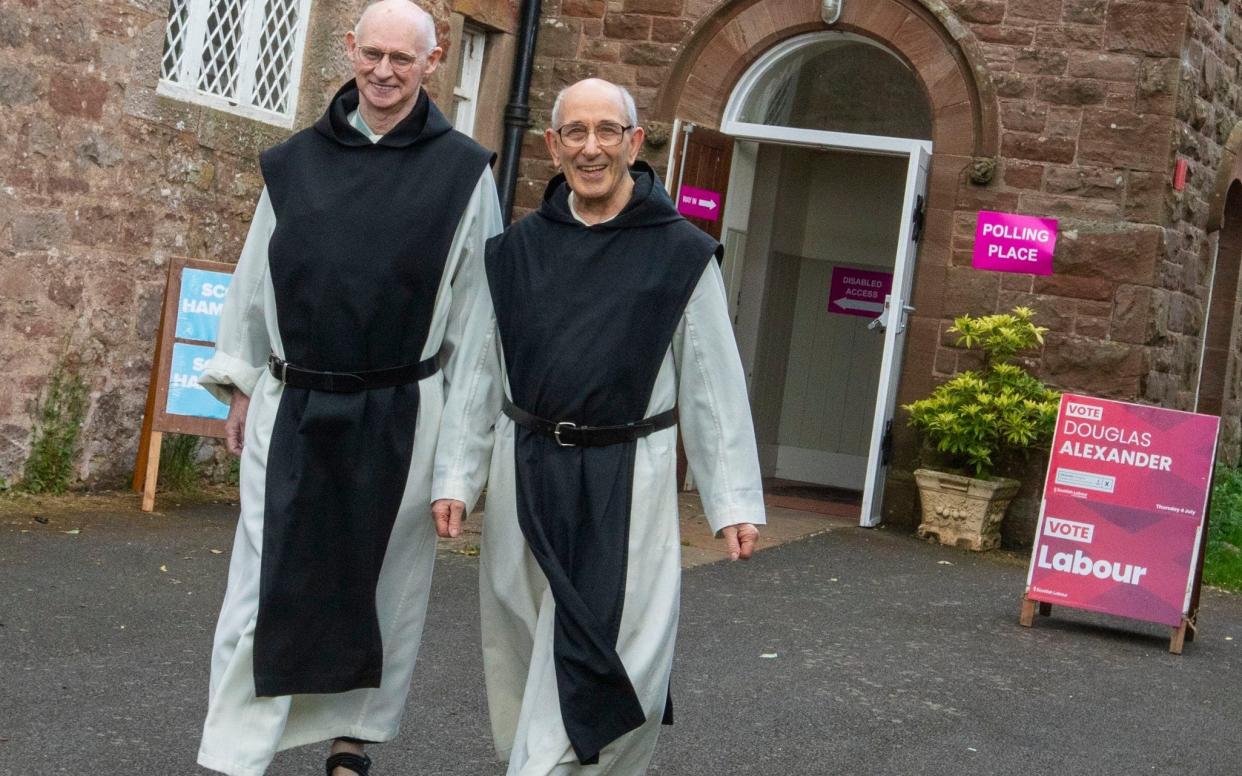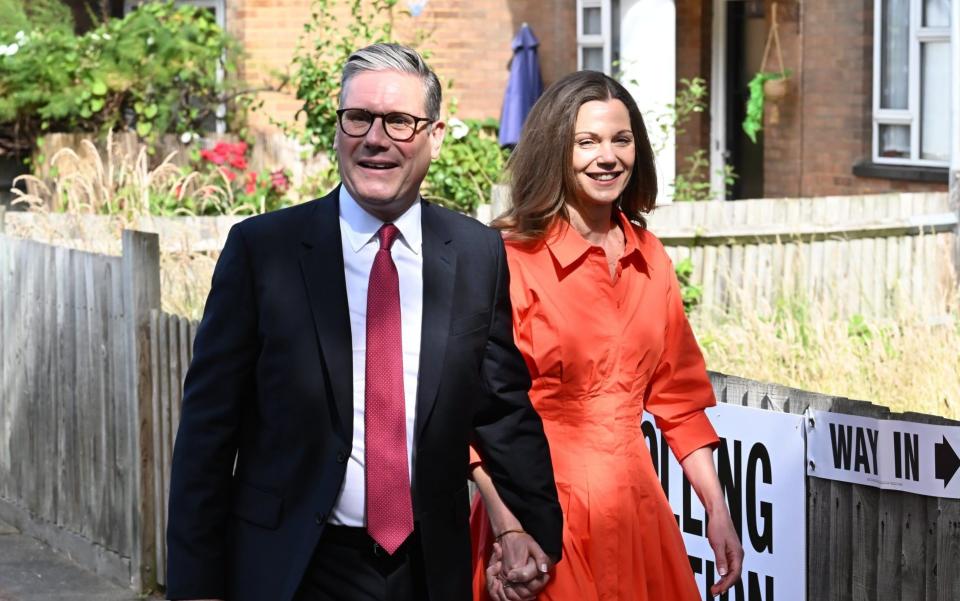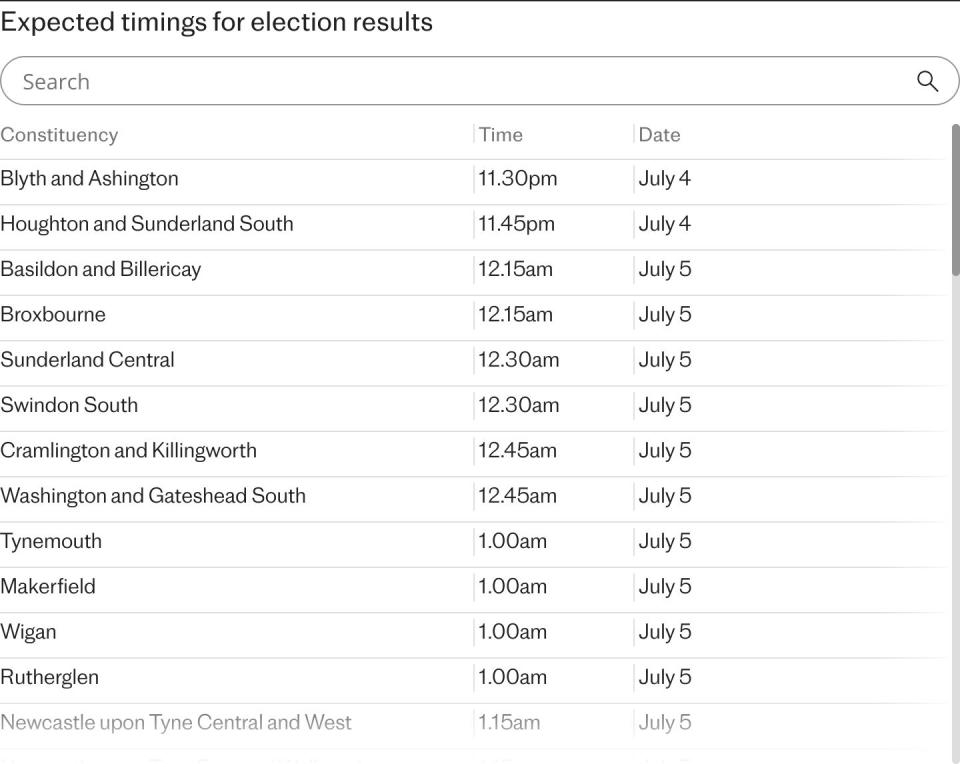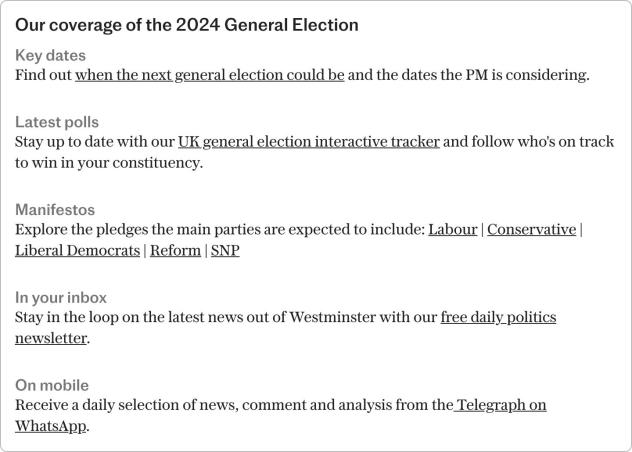Voter turnout for election could be lowest in 20 years

Voter turnout for the general election is on course to be at its lowest for 20 years, according to early estimates.
Turnout has been estimated to be below 60 per cent, according to the BBC and think tank More in Common for LBC, which would represent a sharp drop from 67 per cent in 2019.
The estimates suggest it would be the lowest turnout since 2005, when 61.4 per cent of the electorate went to the ballot box, and the third lowest this century.
Sir Keir Starmer’s seat of Holborn and St Pancras had an estimated turnout figure of just 54.6 per cent, down 10.5 per cent on the previous election.

Prof Sir John Curtice, the polling expert, told the BBC: “We may well discover that we’re heading towards one of the lower turnouts in general elections in post-war electoral history, that’s what the polls are anticipating.
“It’s what you would expect in an election in which the polls were suggesting it’s pretty clear who was going to win and where there wasn’t that much difference despite both parties’ denials – not that much difference between Conservative and Labour in much of what they were offering the electorate.”

Low voter turnout could suggest apathy among the electorate relating to both the main parties.
It could be a reflection of Conservative voters who have become frustrated with the Tories after their 14 years in power, polling has suggested, in particular by party infighting over past two years.
But it could also hint at a lack of enthusiasm among some Labour voters, such as those who previously supported Jeremy Corbyn, at the more centrist direction in which Sir Keir has attempted to take the party.
The exact reasons for fewer voters going to the polls are yet to be determined, however.
The first six seats to be declared of the night, which all went to Labour, all had turnouts below 60 per cent.
One seat with a higher than average turnout was Islington North, where the former Labour leader Jeremy Corbyn is battling as an independent to hold onto the seat, with 67.5 per cent turnout.
Boris Johnson’s election in 2019 saw the second-highest voter turnout since 1997, but still represented a drop on the 2017 number and broke a run of four successive elections where turnout went up.
The second and third terms of Tony Blair, in 2001 and 2005, both saw low voter turnouts.


 Yahoo News
Yahoo News 
